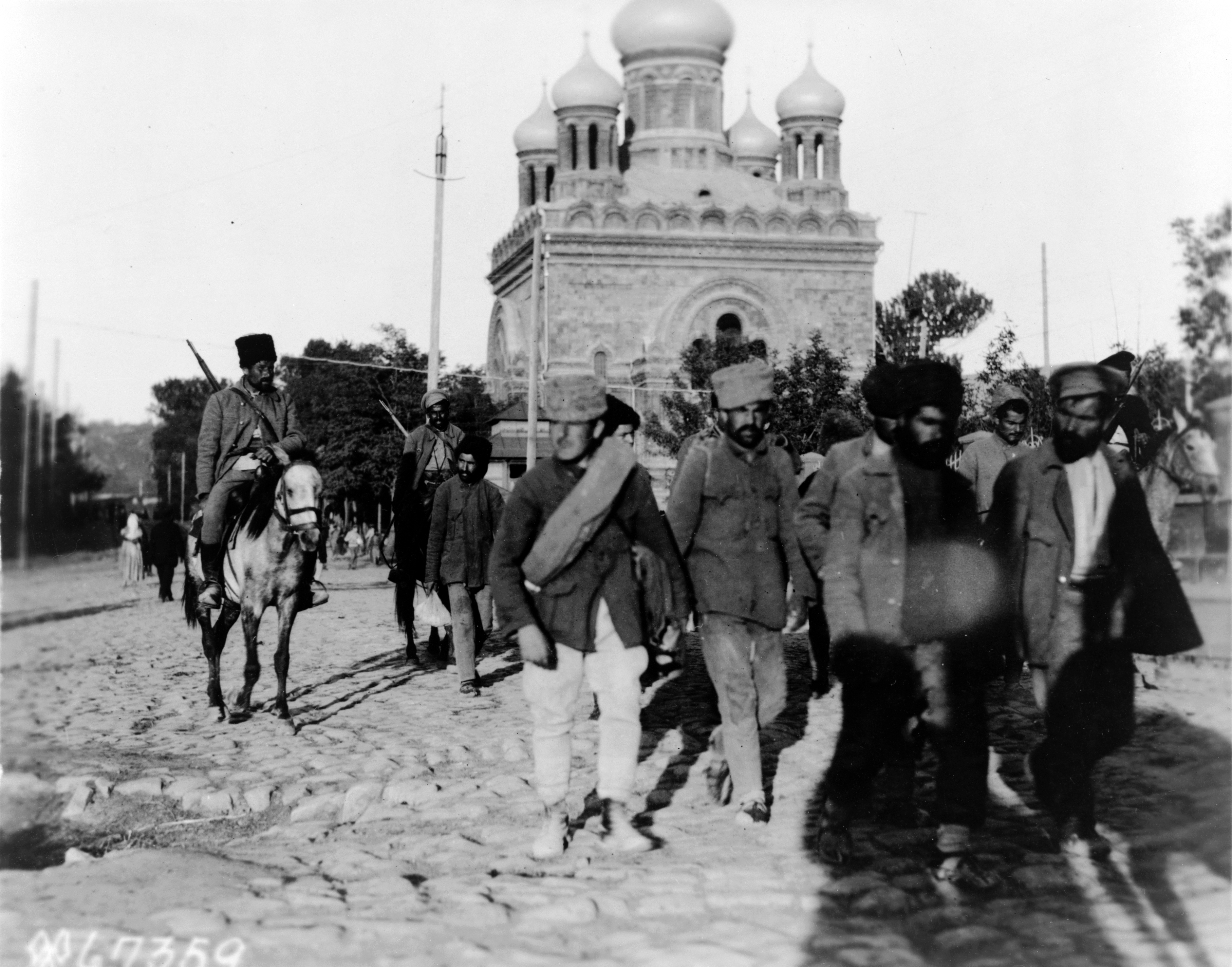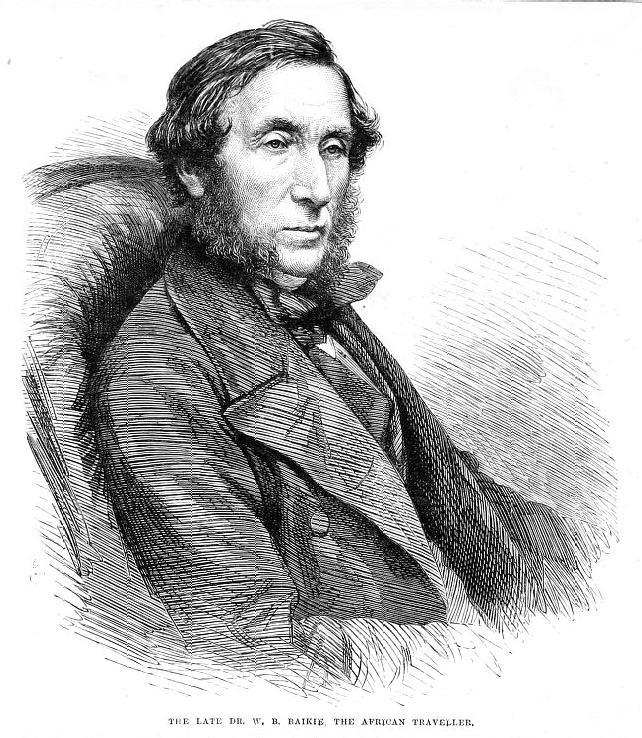|
Royal Hospital Haslar
The Royal Hospital Haslar in Gosport, Hampshire, which was also known as the Royal Naval Hospital Haslar, was one of Britain's leading Royal Naval Hospitals (and latterly a tri-service Ministry of Defence (United Kingdom), MOD hospital) for over 250 years. Built in the 1740s, it was reputedly the largest hospital in the world when it opened, and the largest brick-built building in Europe. In 1998 the closure of the hospital was announced, conditional on the establishment of an Ministry of Defence Hospital Unit, MOD Hospital Unit at a nearby civilian hospital. In 2007 the military withdrew; Haslar then continued to function for a short time under civilian management, before closing entirely in 2009. In 2018, the historic buildings began to be converted into retirement flats, and in 2020 the site reopened as Royal Haslar: a 'luxury waterfront residential village'. A significant number of Georgian, Victorian and Edwardian former hospital buildings are being preserved on the site; ... [...More Info...] [...Related Items...] OR: [Wikipedia] [Google] [Baidu] |
Gosport
Gosport ( ) is a town and non-metropolitan district with Borough status in the United Kingdom, borough status in Hampshire, England. At the 2021 United Kingdom census, 2021 Census, the town had a population of 70,131 and the district had a population of 81,952. Gosport is situated on a peninsula on the western side of Portsmouth Harbour, opposite the city of Portsmouth, to which it is linked by the Gosport Ferry. Until the last quarter of the 20th century, Gosport was a major naval town associated with the defence and supply infrastructure of HMNB Portsmouth, His Majesty's Naval Base (HMNB) Portsmouth. As such over the years extensive fortifications were created. Gosport is still home to and a DM Gosport, Naval Armament Supply Facility, as well as a helicopter repair base. As part of the ''Renaissance of Portsmouth Harbour'' Millennium Commission, Millennium project, a large sundial, known as the Millennium Timespace, was installed on the harbour front in 2000. Alongside th ... [...More Info...] [...Related Items...] OR: [Wikipedia] [Google] [Baidu] |
Desertion
Desertion is the abandonment of a military duty or post without permission (a pass, liberty or leave) and is done with the intention of not returning. This contrasts with unauthorized absence (UA) or absence without leave (AWOL ), which are temporary forms of absence. Desertion versus absence without leave In the United States Army, United States Air Force, British Armed Forces, Australian Defence Force, New Zealand Defence Force, Singapore Armed Forces and Canadian Armed Forces, military personnel will become AWOL if absent from their post without a valid pass, liberty or leave. The United States Marine Corps, United States Navy, and United States Coast Guard generally refer to this as unauthorized absence. Personnel are dropped from their unit rolls after thirty days and then listed as ''deserters''; however, as a matter of U.S. military law, desertion is not measured by time away from the unit, but rather: * by leaving or remaining absent from their unit, organ ... [...More Info...] [...Related Items...] OR: [Wikipedia] [Google] [Baidu] |
William Edward Parry
Sir William Edward Parry (19 December 1790 – 8 July 1855) was a Royal Navy officer and explorer best known for his 1819–1820 expedition through the Parry Channel, probably the most successful in the long quest for the Northwest Passage, until it was finally negotiated by Roald Amundsen in 1906. In 1827, Parry attempted one of the earliest expeditions to the North Pole. He reached 82nd parallel north, 82° 45' N, setting a record for human exploration Farthest North that stood for nearly five decades before being surpassed at 83rd parallel north, 83° 20' N by Albert Hastings Markham in 1875. Early life Parry was born in Bath, Somerset, the son of Caleb Hillier Parry and Sarah Rigby. He was educated at King Edward's School, Bath, King Edward's School. At the age of thirteen he joined the flagship of William Cornwallis, Admiral Sir William Cornwallis in the Channel fleet as a first-class volunteer, in 1806 became a midshipman, and in 1810 received ... [...More Info...] [...Related Items...] OR: [Wikipedia] [Google] [Baidu] |
William Balfour Baikie
William Balfour Baikie (27 August 182512 December 1864) was a Scottish explorer, naturalist and philologist. Biography Baikie was born at Kirkwall, Orkney, eldest son of Captain John Baikie, R.N. He studied medicine at Edinburgh, and, on obtaining his M.D. degree, joined the Royal Navy in 1848. He early attracted the notice of Sir Roderick Murchison, through whom he was appointed surgeon and naturalist to the Niger expedition sent out in 1854 by Macgregor Laird with government support. The death of the senior officer ( Consul Beecroft) occurring at Fernando Po, Baikie succeeded to the command. Ascending the Benue about 250 miles beyond the point reached by former explorers, the little steamer ''Pleiad'' returned and reached the mouth of the Niger, after a voyage of 118 days, without the loss of a single man. The expedition had been instructed to endeavour to afford assistance to Heinrich Barth, who had in 1851 crossed the Benue in its upper course, but Baikie was unable to ... [...More Info...] [...Related Items...] OR: [Wikipedia] [Google] [Baidu] |
Thomas Henry Huxley
Thomas Henry Huxley (4 May 1825 – 29 June 1895) was an English biologist and anthropologist who specialized in comparative anatomy. He has become known as "Darwin's Bulldog" for his advocacy of Charles Darwin's theory of evolution. The stories regarding Huxley's famous 1860 Oxford evolution debate with Samuel Wilberforce were a key moment in the wider acceptance of evolution and in his own career, although some historians think that the surviving story of the debate is a later fabrication. Huxley had been planning to leave Oxford on the previous day, but, after an encounter with Robert Chambers, the author of '' Vestiges'', he changed his mind and decided to join the debate. Wilberforce was coached by Richard Owen, against whom Huxley also debated about whether humans were closely related to apes. Huxley was slow to accept some of Darwin's ideas, such as gradualism, and was undecided about natural selection, but despite this, he was wholehearted in his public support of Da ... [...More Info...] [...Related Items...] OR: [Wikipedia] [Google] [Baidu] |
John Richardson (naturalist)
Sir John Richardson Royal Society of London, FRS FRSE (5 November 1787 – 5 June 1865) was a Scotland, Scottish naval surgeon, natural history, naturalist and Arctic explorer. Life Richardson was born at Nith Place in Dumfries the son of Gabriel Richardson, Provost of Dumfries, and his wife, Anne Mundell. He was educated at Dumfries Grammar School. He was then apprenticed to his maternal uncle, Dr James Mundell, a surgeon in Dumfries. Richardson studied medicine at Edinburgh University, and became a surgeon in the navy in 1807. He traveled with John Franklin in search of the Northwest Passage on the Coppermine Expedition of 1819–1822. Richardson wrote the sections on geology, botany and ichthyology for the official account of the expedition. Franklin and Richardson Mackenzie River expedition, returned to Canada in 1825 and went overland by fur trade routes to the mouth of the Mackenzie River. Franklin was to go as far west as possible and Richardson was to go east to the mo ... [...More Info...] [...Related Items...] OR: [Wikipedia] [Google] [Baidu] |
Chaplain
A chaplain is, traditionally, a cleric (such as a minister, priest, pastor, rabbi, purohit, or imam), or a lay representative of a religious tradition, attached to a secular institution (such as a hospital, prison, military unit, intelligence agency, embassy, school, labor union, business, police department, fire department, university, sports club), or a private chapel. The term chaplaincy refers to the chapel, facility or department in which one or more chaplains carry out their role. Though the term ''chaplain'' originally referred to representatives of the Christian faith, it is now also applied to people of other religions or philosophical traditions, as in the case of chaplains serving with military forces and an increasing number of chaplaincies at U.S. universities. In recent times, many lay people have received professional training in chaplaincy and are now appointed as chaplains in schools, hospitals, companies, universities, prisons and elsewhere to work alongsi ... [...More Info...] [...Related Items...] OR: [Wikipedia] [Google] [Baidu] |
Dispensary
A dispensary is an office in a school, hospital, industrial plant, or other organization that dispenses medications, medical supplies, and in some cases even medical and dental treatment. In a traditional dispensary set-up, a pharmacist dispenses medication per the prescription or order form. The English term originated from the medieval Latin noun and is cognate with the Latin verb '' dispensare'', 'to distribute'. The term also refers to legal cannabis dispensaries. The term also has Victorian antiquity, in 1862 the term dispensary was used in the folk song the Blaydon Races. The folk song differentiated the term dispensary from a Doctors surgery and an Infirmary. The advent of huge industrial plants in the late 19th and early 20th centuries, such as large steel mills, created a demand for in-house first responder services, including firefighting, emergency medical services, and even primary care that were closer to the point of need, under closer company control, and in ... [...More Info...] [...Related Items...] OR: [Wikipedia] [Google] [Baidu] |
Naval Hospital, Haslar, Near Portsmouth; View From Right
A navy, naval force, military maritime fleet, war navy, or maritime force is the branch of a nation's armed forces principally designated for naval and amphibious warfare; namely, lake-borne, riverine, littoral, or ocean-borne combat operations and related functions. It includes anything conducted by surface ships, amphibious ships, submarines, and seaborne aviation, as well as ancillary support, communications, training, and other fields. The strategic offensive role of a navy is projection of force into areas beyond a country's shores (for example, to protect sea-lanes, deter or confront piracy, ferry troops, or attack other navies, ports, or shore installations). The strategic defensive purpose of a navy is to frustrate seaborne projection-of-force by enemies. The strategic task of a navy also may incorporate nuclear deterrence by use of submarine-launched ballistic missiles. Naval operations can be broadly divided between riverine and littoral applications (brown-water na ... [...More Info...] [...Related Items...] OR: [Wikipedia] [Google] [Baidu] |
Prison Hulks
A prison ship, is a current or former seagoing vessel that has been modified to become a place of substantive detention for convicts, prisoners of war or civilian internees. Some prison ships were hulked. While many nations have deployed prison ships over time, the practice was most widespread in 18th- and 19th-century Britain, as the government sought to address the issues of overcrowded civilian jails on land and an influx of enemy detainees from the War of Jenkins' Ear, the Seven Years' War and the French Revolutionary and Napoleonic Wars. History The terminology "hulk" comes from the Royal Navy meaning a ship incapable of full service either through damage or from initial non-completion. In England in 1776, during the reign of King George III, due to a shortage of prison space in London, the concept of "prison hulks" moored in the Thames, was introduced to meet the need for prison space. The first such ship came into use on 15 July 1776 under command of Mr Duncan Campb ... [...More Info...] [...Related Items...] OR: [Wikipedia] [Google] [Baidu] |
Prisoners Of War
A prisoner of war (POW) is a person held captive by a belligerent power during or immediately after an armed conflict. The earliest recorded usage of the phrase "prisoner of war" dates back to 1610. Belligerents hold prisoners of war for a range of legitimate and illegitimate reasons. These may include isolating them from enemy combatants still in the field (releasing and repatriating them in an orderly manner after hostilities), demonstrating military victory, punishment, prosecution of war crimes, labour exploitation, recruiting or even conscripting them as combatants, extracting collecting military and political intelligence, and political or religious indoctrination. Ancient times For much of history, prisoners of war would often be slaughtered or enslaved. Early Roman gladiators could be prisoners of war, categorised according to their ethnic roots as Samnites, Thracians, and Gauls (''Galli''). Homer's ''Iliad'' describes Trojan and Greek soldiers offering rewards o ... [...More Info...] [...Related Items...] OR: [Wikipedia] [Google] [Baidu] |
Typhus
Typhus, also known as typhus fever, is a group of infectious diseases that include epidemic typhus, scrub typhus, and murine typhus. Common symptoms include fever, headache, and a rash. Typically these begin one to two weeks after exposure. The diseases are caused by specific types of bacterial infection. Epidemic typhus is caused by '' Rickettsia prowazekii'' spread by body lice, scrub typhus is caused by '' Orientia tsutsugamushi'' spread by chiggers, and murine typhus is caused by '' Rickettsia typhi'' spread by fleas. Vaccines have been developed, but none is commercially available. Prevention is achieved by reducing exposure to the organisms that spread the disease. Treatment is with the antibiotic doxycycline. Epidemic typhus generally occurs in outbreaks when poor sanitary conditions and crowding are present. While once common, it is now rare. Scrub typhus occurs in Southeast Asia, Japan, and northern Australia. Murine typhus occurs in tropical and subtropi ... [...More Info...] [...Related Items...] OR: [Wikipedia] [Google] [Baidu] |









